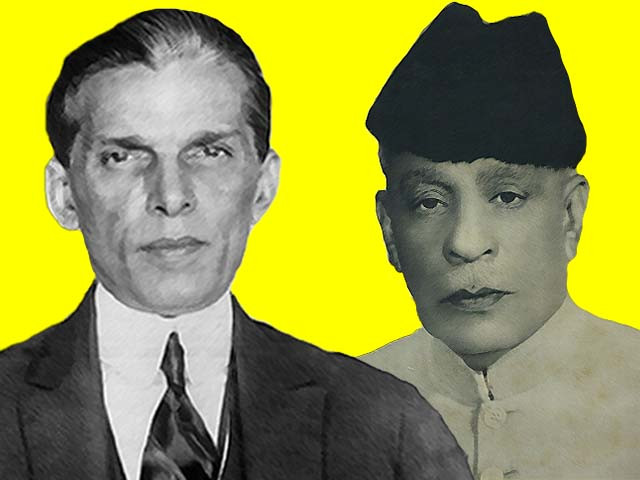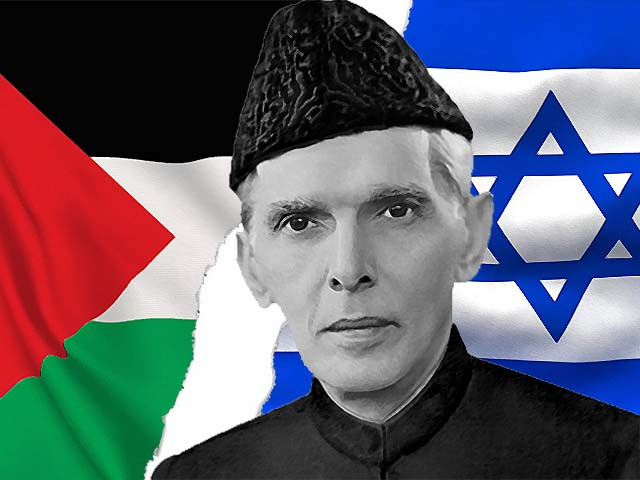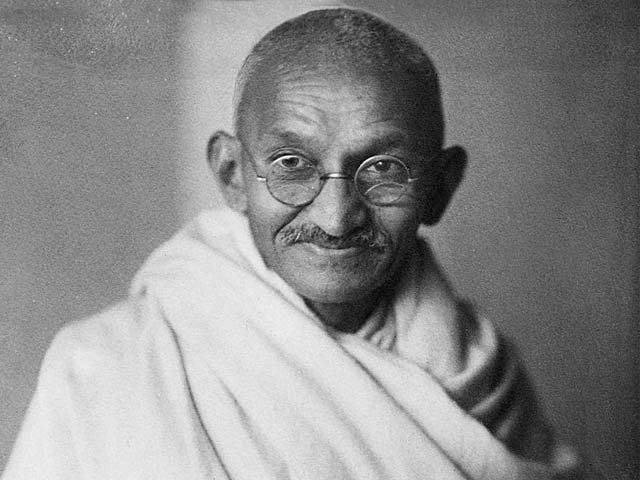
What does Jinnah’s letter to Nawab Ismail reveal about his intentions for Pakistan?
One of the most iconic lines in Partition historiography is in Dr Ayesha Jalal’s The Sole Spokesman where she emphatically writes,
“In a line which reveals more than a thousand pages of research and propaganda, Jinnah admitted: ‘I think Mr Hodson finally understands as to what our demand is’.”
This cements a narrative she builds of Muhammad Ali Jinnah only using the Pakistan demand as a bargaining counter while in reality disliking both the word and the idea of Partition. However, as it turns out, not only is Jinnah misquoted here but the letter from which this line is taken does not say what Dr Jalal infers from it.
The Sole Spokesman came out in 1985 and quickly made the ‘bargaining counter’ theory, first espoused by the British and the Congress, the new orthodoxy (to copy Francis Robinson’s words in his review of the book). Her thesis, the feather in Dr Jalal’s cap and a thorn in the side of Pakistani nationalist historians – that Jinnah in private had confided to Nawab Ismail his real intentions and so the rest of his public and private statements must be seen as bargaining – has proven to be irrefutable. This article, and our recently published paper on the topic (Hasan et al. (2021)), eschews the usual approach to Jinnah’s public statements where he denies this theory, and focuses instead on the actual letter to Nawab Ismail, the chain of letters that led up to it and Reforms Commissioner HV Hodson’s findings which Jinnah, supposedly, recommends.
Ismail and Jinnah corresponded between November third and 25th, 1941, where the former pleaded to Jinnah to give him instructions on what to say regarding the Lahore Resolution in his upcoming meeting with Hodson. Jinnah had already met Hodson but evaded giving a straight answer till the final letter where, losing patience, he wrote:
“I have already written to you and explained to you the situation that we stand by the Lahore Resolution and it is quite clear to every man, who understands the constitutional problems of India, and also to every intelligent man if he applies his mind and tries to understand it.
I cannot say anything more because it is liable to be misunderstood and misrepresented, specially at present. I think Mr Hodson fully understands as to what our demand is.”
The word ‘finally’ would state that Jinnah was eager for British to find what he wanted to hide, while ‘fully’ would need more elaboration.
Jalal’s argument is that Jinnah is communicating to Ismail in a veiled way his own conception of Pakistan within the Indian Union and not as Partition, and affirms this by referring to Hodson already knowing and approving of their demand. This, Jalal believes, Jinnah could not say openly, citing his 'I cannot say anything more' as evidence. In fact, Jinnah did publicly state a conception of Pakistan within an Indian Union, Hodson was not given a unified League demand nor was Hodson’s report published until after this last letter.
Starting from 1939, some of Jinnah’s public speeches clearly pointed to a Pakistan and Hindustan within India. This came in tandem with informing the Viceroy of the demand for Partition as the ultimate solution, and then the subsequent Lahore Resolution. Jinnah also accepted others visualising Pakistan in the same way within India, but corrected them also. So, for example, in December 1941, Jinnah told a journalist that Pakistan would just be a province within India. Yet, when Firoz Khan Noon came up with the exact same scheme in August 1942, Jinnah chided him, and in a letter to Saieduddin Ahmed reminded him that Noon’s scheme of a common centre was fatal to the Lahore Resolution. On the one hand, he gave Pakistan as the equivalent of a Canadian province, while on another, he equated Pakistan with Canada, and India with the United States. If Penderel Moon is to be believed (Divide and Quit, p. 21), Jinnah informed several people that Pakistan was a counter for bargaining, yet he is known to have also rebutted these ideas (Star of India January 4th, 1941 and The Leader, March 3rd, 1941).
Therefore, to simply conclude from Jinnah’s letter to Ismail that a Pakistan within India was his real plan, one he could not divulge in public, is erroneous. In fact, Jinnah had categorically informed Hodson that he saw Pakistan as a separate country (something Jalal omits), while other League interviewees had said the opposite. So what was it about his secret and Hodson that Jinnah alluded to in his letter? What is more likely, and what Jinnah wanted to hide, was that the League gave out contradictory statements on Pakistan as a strategy against the British.
A series of confidential reports on Jinnah collected by British informants between late 1942 and first half of 1943 point to him instructing League leaders to keep quiet about certain aspects of Pakistan, and that it was not the Congress but the British who had the capacity to deliver it. Prominent League leaders had at one point or another informed the British that Pakistan would be within India, and that Pakistan would be a separate country outside India at other times. At one instant, the Leaguers used to accept that Pakistan was a counter for bargaining while at other instant denied it completely to the British. Ismail, who genuinely feared Partition and was not bluffing, panicked and sought clarification from Jinnah. Jinnah told him he could say whatever he wanted to Hodson.
A more coherent idea of Jinnah’s strategy can be gauged from his actions rather than words. In 1942 for example, the League had in secret accepted the Cripps Proposals that essentially presented Pakistan (Transfer of Power, Vol 1, p 514), only publicly rejecting it later because of the Congress rejection and unwillingness to cooperate with the British in the war without Congress (Transfer of Power, Vol 1, p 637). Similarly, Jinnah’s drastically changed attitude between the two Simla conferences of 1945 and 1946 would be instructive. In 1945, he literally wrecked the whole conference over the issue of nationalist Muslim proposed to be included in Viceroy’s council. This was both because Congress had come with a changed sudden attitude of acceptance of power (rather than demand for immediate freedom as in the ‘Quit India’ movement) that scared the League, and Jinnah wanted a strongman image to win the upcoming elections. In 1946, the new Labour government was skewed towards the Congress and Jinnah knew he could not afford to be intransigent this time.
This explains why he readily accepted the Cabinet Mission Plan of a common centre between Pakistan and Hindustan mere weeks after the Delhi Legislators’ Conference of the League had decided on the opposite. Jinnah now sought another method to wreck the conference without earning the wrath of the British. He asked the Viceroy to put it in writing that if any party refused to accept the proposals, the other party would be asked to form the government. He knew, and the British also knew, that this would not be the case if Congress (the largest party) stayed out, yet Archibald Wavell had to concede the point to secure at least the League’s cooperation. Hence, when Congress rejected the interim government, Jinnah promptly asked for a fulfillment of the promise. The British, realising their hasty mistake, backtracked and Jinnah pulled out of the plan and interim government both on July 29, 1946. The British now blamed Congress for wrecking it instead of Jinnah, handing him an immense leverage in future negotiations.
While this article does not cover the Cabinet Delegation negotiations in detail, it seeks to provide a rationale for Jinnah’s actions in the summer of 1946 and shows that it is futile to gauge Jinnah’s ‘real aims’ from his contradictory statements on Pakistan made in both private and public.




COMMENTS (2)
Is it Hodson fully understands or finally understands The text says one thing the copy editor s addition says another.
Terrific article brother. Most people can t understand that it was in a hostile environment where Pakistan was won by Quaid e Azam which was a politically emphatic victory that may not be repeated again ever.
Comments are moderated and generally will be posted if they are on-topic and not abusive.
For more information, please see our Comments FAQ